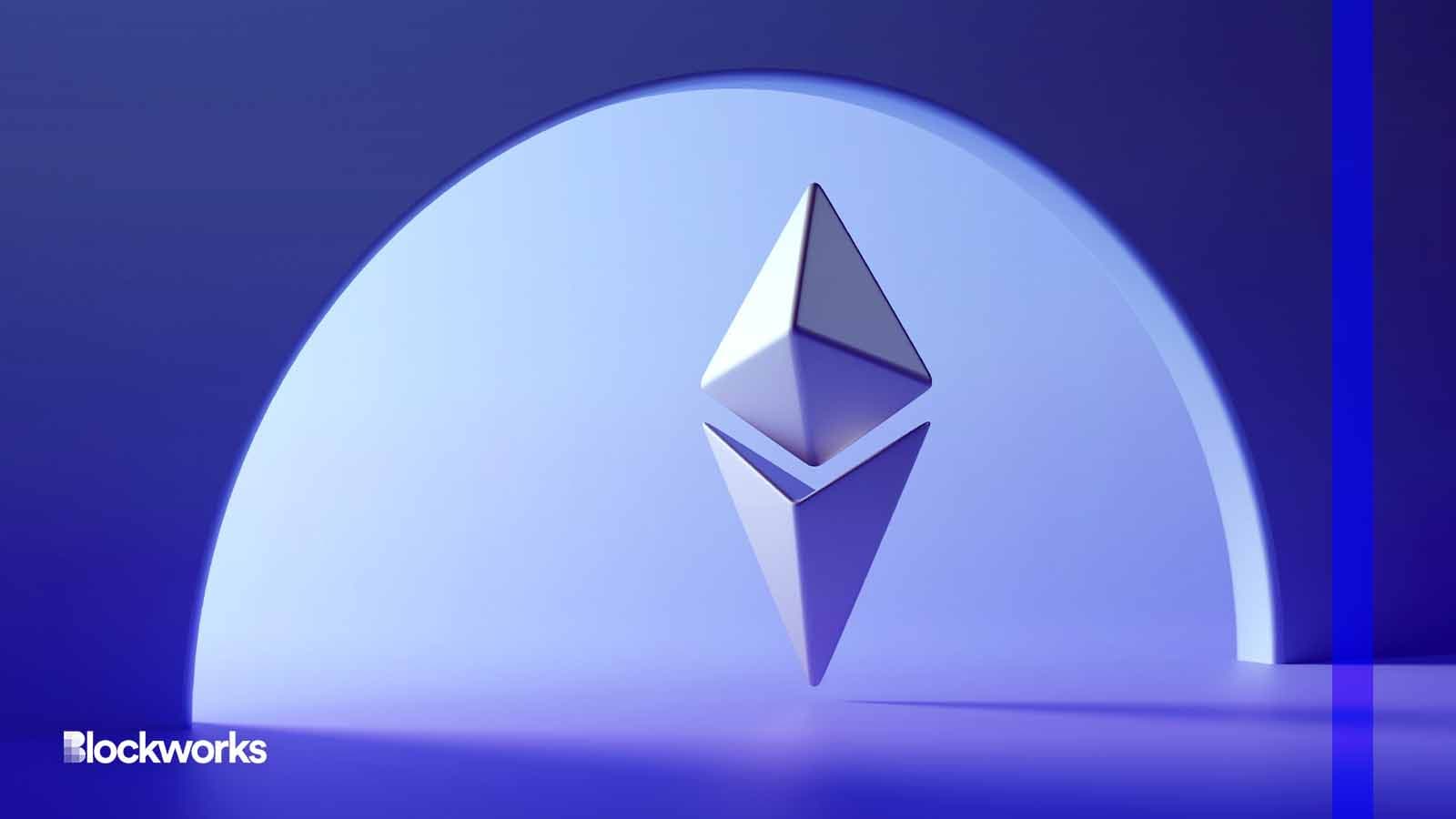Celsius has been earning MEV this whole time — $10M in 10 months
Bankrupt Celsius is generating big bucks from staking ETH worth $1.5 billion, but not big enough to pay off its legal fees — yet

Shubham’s Web3/Shutterstock modified by Blockworks
Bankruptcy can be expensive, but perhaps less so when the Ethereum blockchain helps cover costs.
Just ask Celsius. After filing for bankruptcy last July, estimates pegged the total compensation of its lawyers at $144 million.
And that was before the US agencies sued the company into oblivion — amounting to a $4.7 billion Federal Trade Commission (FTC) settlement, designated to be repaid to customers.
Good thing for Celsius is it’s been staking ether (ETH) under its control over the past two years, not only earning it staking rewards (currently around 5%, paid in ETH) but additional maximal extractable value (MEV) as well.
Blockworks analyzed blockchain data for known Ethereum addresses tied to Celsius’ estate. Aside from around $114 million in ETH sitting in its addresses, Celsius has:
- Staked at least 356,600 ETH ($711 million) staked directly to mainnet.
- Deposited another 415,000 ETH ($827 million) with staking provider Figment.
- Earned an additional 5,100 ETH ($10 million) direct from MEV bots.
MEV is neutral, but controversial
Ethereum validators can run code alongside their clients to communicate with special MEV-boosting relays.
Entities known as “block builders” maintain those relays. With the help of number-crunching “searchers,” builders present validators with more profitable orders, which add transactions to Ethereum blocks.
Gains made by reordering transactions are split between block builders, searchers and validators like Celsius, which began raking in MEV as soon as Ethereum switched to proof-of-stake last September.
That was only a few months after Celsius entered bankruptcy, shattered by contagion after algorithmic stablecoin Terra and defunct hedge fund firm Three Arrows Capital failed.
Celsius has received nearly 42,000 payments from MEV bots to date, ranging from an eye-popping 72.76 ETH ($144,000) last November to a tiny fraction of an ETH.
MEV tactics include uber-quick arbitrage, front-running and so-called “sandwich attacks,” all taking place within the same block. Those tactics have operated in somewhat of a gray area.
Some consider it exploitative, considering profit is milked from mostly unaware Ethereum users. The permissionless nature of the Ethereum ecosystem means no one can really stop it.
Flashbots, one of the primary studios building MEV software, has previously proposed fair market guidelines to help keep MEV boosters in check, and has even released tools that could help protect Ethereum users from being front-run by bots.
Around 80 different MEV builders have sent profits to Celsius
MEV faucet handy for Celsius
It’s unclear how much of Celsius’ staked ETH belongs to the company itself and what percentage is earmarked for users (now creditors). Celsius has staked ETH as recently as this month.
Either way, the overseers of the bankrupt Celsius’ crypto smartly left its validators open to MEV builders — signaling willingness to finalize blocks from prolific builders for a cut.
NovaWulf, an asset manager tied to Maryland bitcoin miner TeraWulf, was — as of April — set to manage Celsius’ crypto via a new company for five years once users had been paid.
But that was one month before a consortium of crypto companies, jokingly named Fahrenheit, outbid NovaWulf and others for management of a to-be-formed firm pegged to control Celsius’ assets for the betterment of creditors.
Arrington Capital, which makes up part of the consortium, declined to comment on whether it would continue earning MEV once that happens. NovaWulf did not respond to requests for comment. Neither firm was responsible for managing Celsius’ crypto at the time its ETH was staked.
In any case, with Celsius earning $1 million MEV per month on average right now, it would still take another 11 years to generate enough to pay its previous legal fee projection (at current prices).
After that, it would take another 380 years of MEV to pay off its massive FTC fine.
A few bull markets could knock some decades off that number.
Get the news in your inbox. Explore Blockworks newsletters:
- The Breakdown: Decoding crypto and the markets. Daily.
- 0xResearch: Alpha in your inbox. Think like an analyst.






